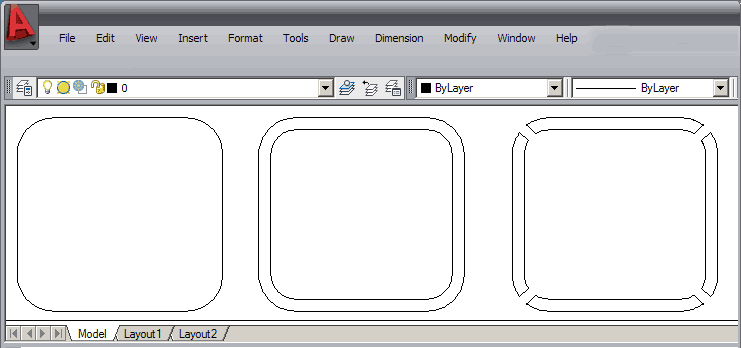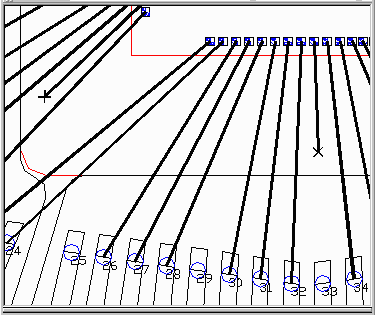
 |
How Downbonds are HandledMany packages support downbonds - wirebonds to the die paddle or to a ring. To use downbonds with Wirebond the designer must first define a downbond area on the package drawing by using a zero width closed polyline on its own layer. See the illustration below for different ways of drawing rings or paddles. Once such a layer is defined, Wirebond can be instructed to attach certain die pads, specified by net or even by die pad number to the paddle. These wires are attached after the IO wires are placed in order to place them in between the IO wires. |
|
The downbonds are placed between the IO bonds. You can also see the X marker used to identify downbonds. The distance from the edge of the ring is set in the Pads & Rings tab as the Ring Spacing parameter. A negative value of ring spacing offsets inward from the edge of the ring and a positive value offsets outward. |

|
|
Drawing Rules
Wirebonding Rules
|